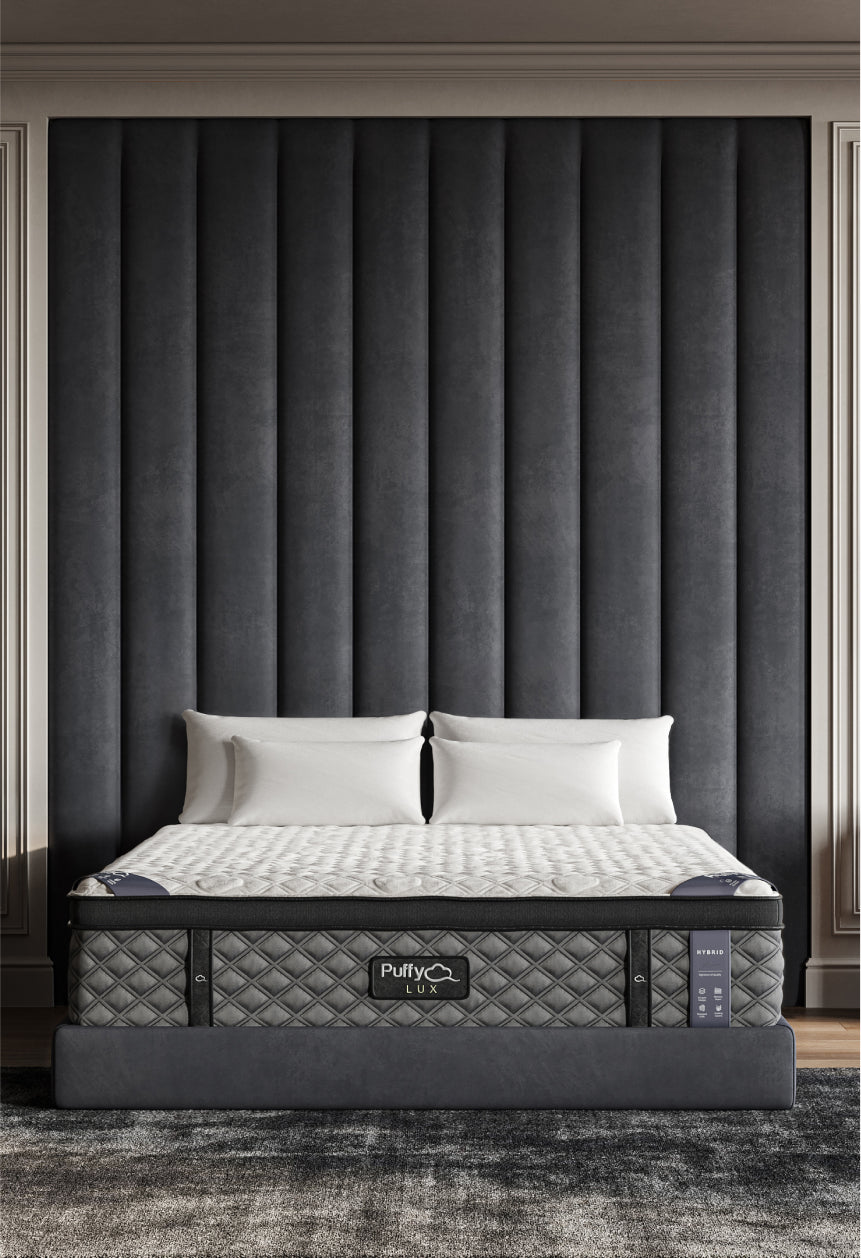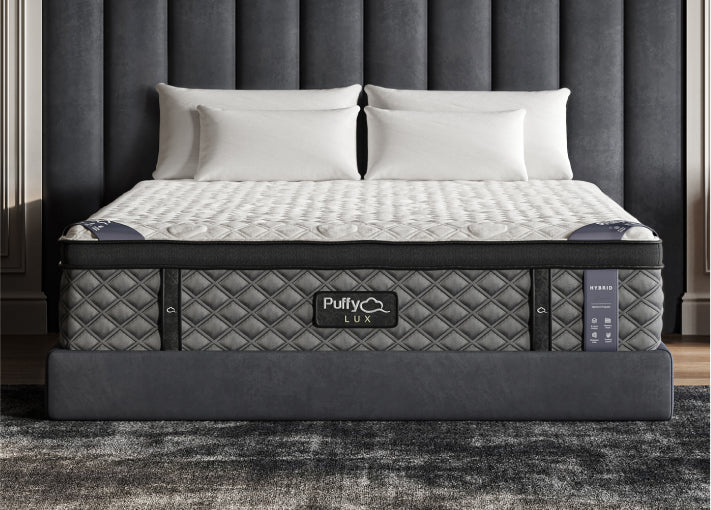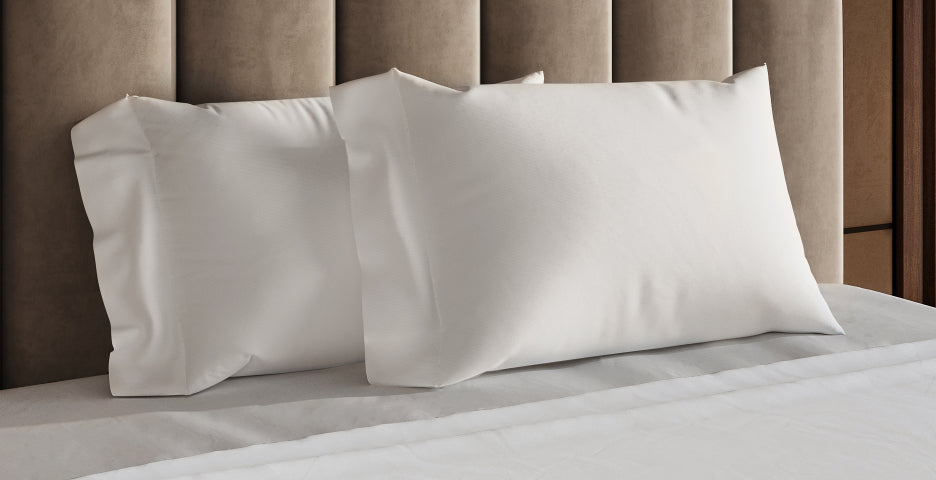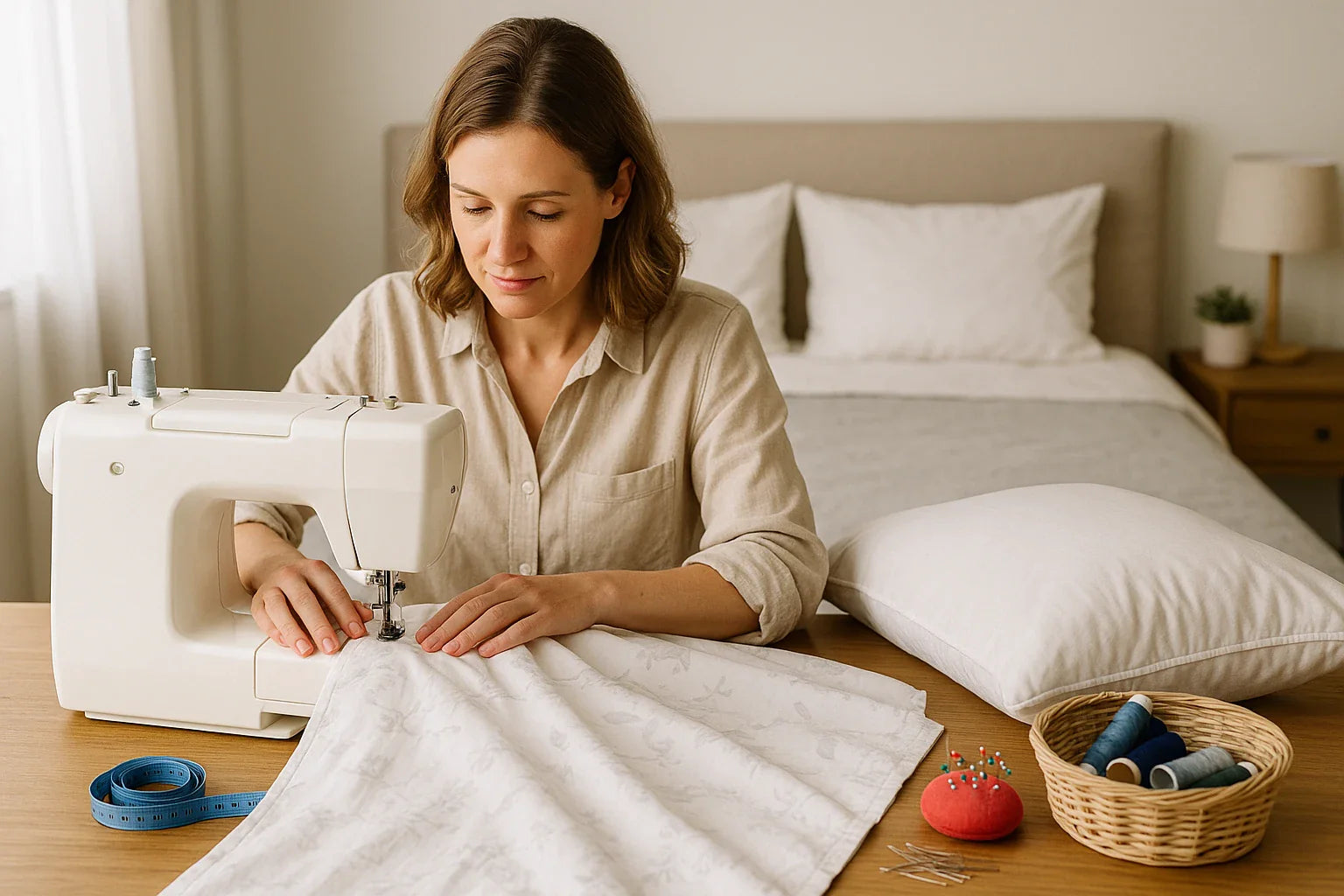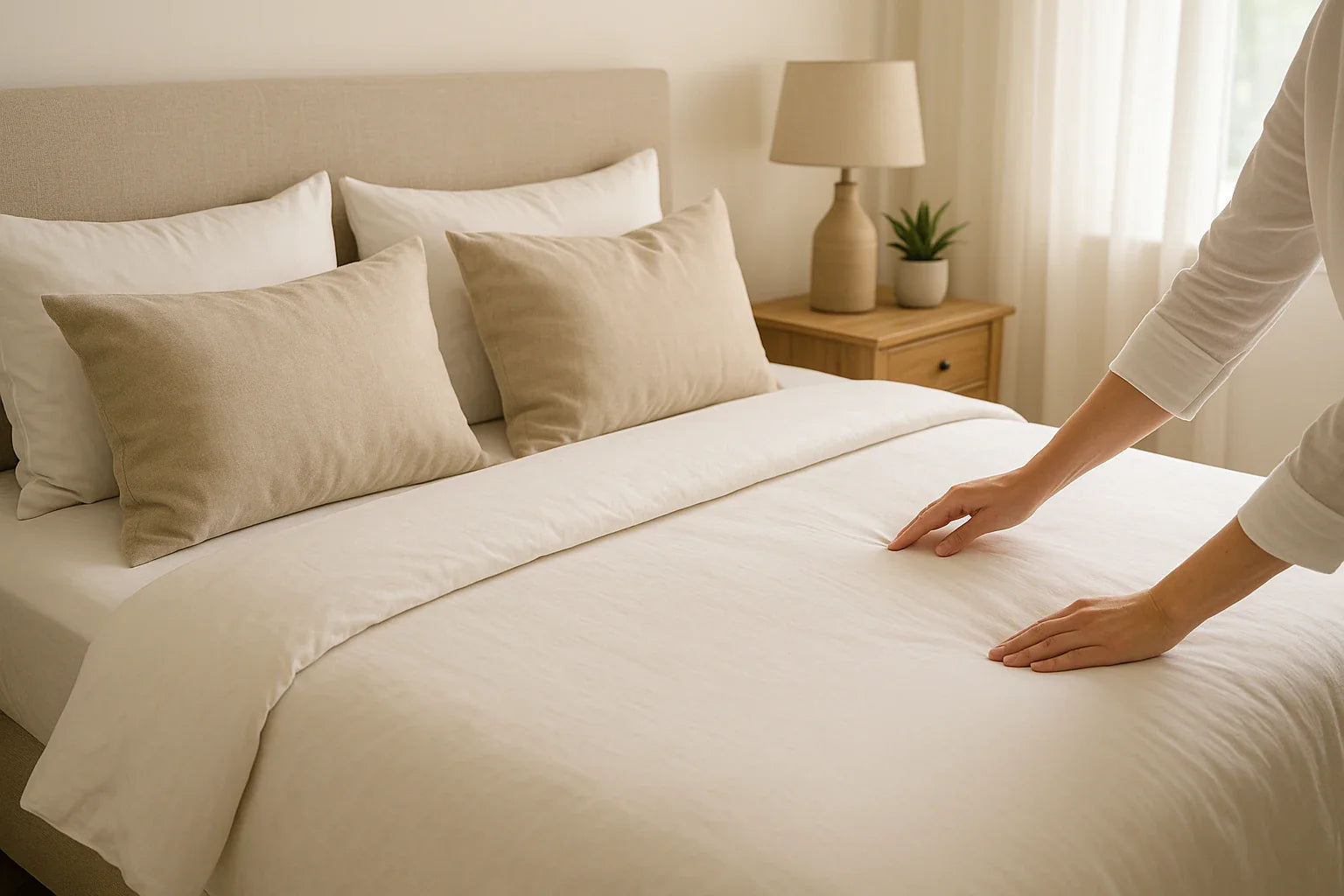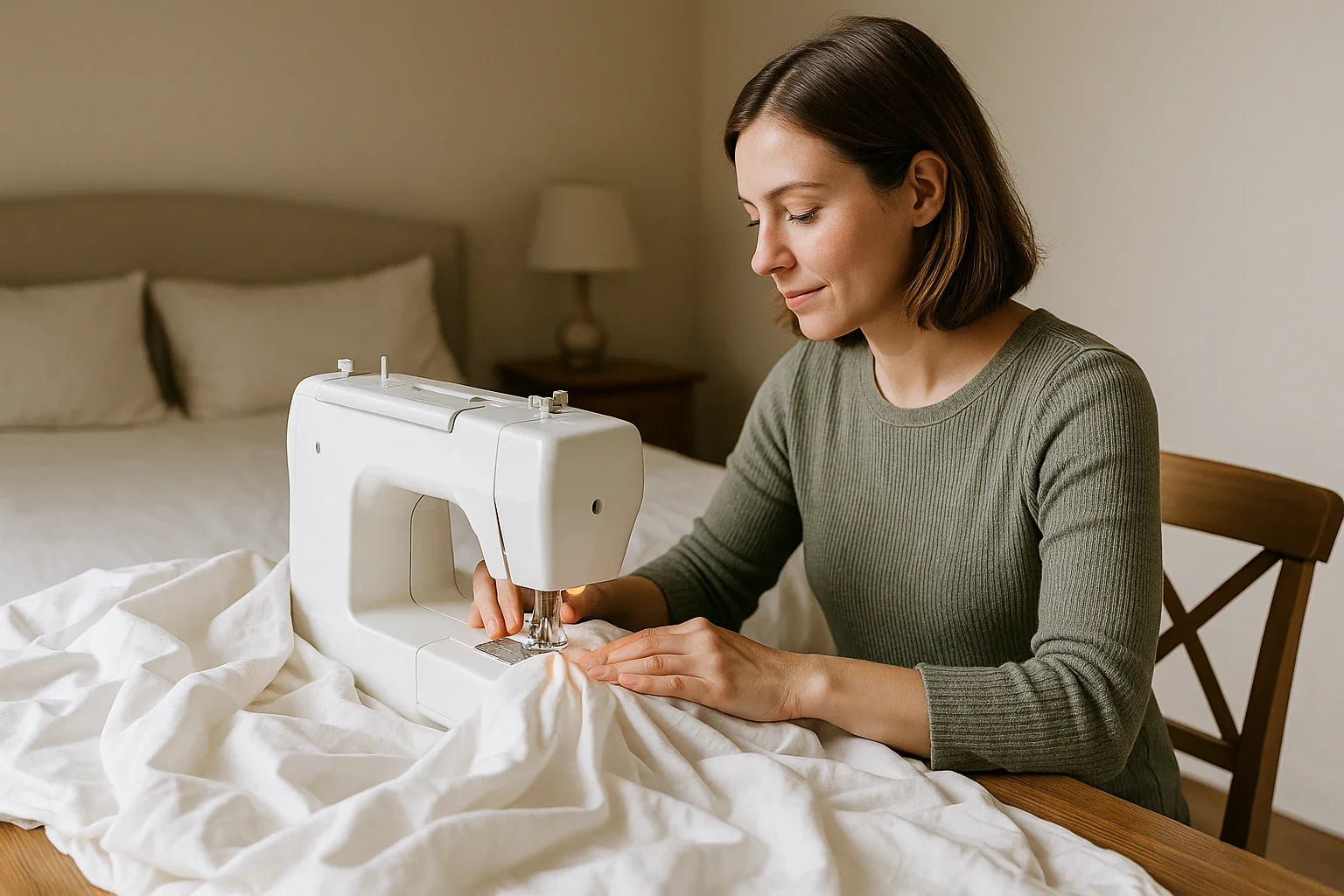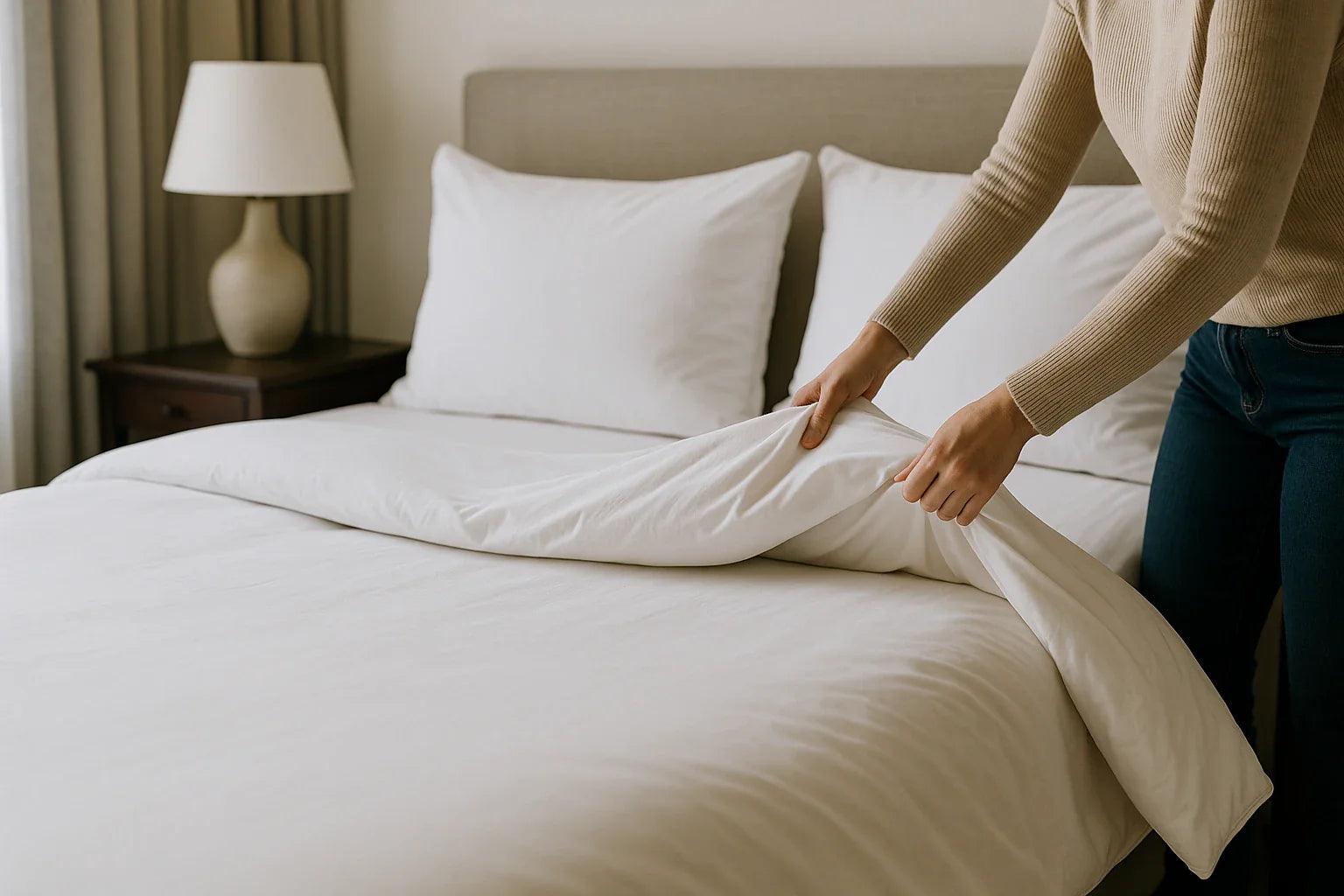Key Takeaways
- Safe Dyeing Process: Learn the essential steps for safely dyeing your comforter without damaging the fabric.
- Machine Dyeing: Discover how to effectively use your washing machine for consistent results.
- Tie-Dye Techniques: Master various tie-dye patterns for unique, personalized designs.
- Material Compatibility: Understand which comforter materials work best with different dyes.
- Professional Results: Get tips for achieving even color distribution and lasting results.
Breathing new life into your bedroom doesn’t always require buying new bedding. With the right techniques and materials, you can transform your existing comforter into a stunning centerpiece that perfectly matches your decor.
This comprehensive guide will walk you through everything you need to know about dyeing your comforter.
Can You Dye a Comforter
Before diving into the dyeing process, it’s crucial to understand what types of comforters can be successfully dyed. Not all materials respond well to dye, so proper evaluation is essential for the best results.
- Natural Fiber Content: Cotton and linen comforters accept dye readily and provide the most vibrant results.
- Synthetic Materials: Polyester and microfiber typically don’t accept traditional dyes well and require special synthetic dyes.
- Fill Material: Consider the impact on internal filling, as some materials may be affected by the dyeing process.
- Color Assessment: Light-colored or white comforters are ideal candidates for dyeing.
- Fabric Condition: Ensure your comforter is free from stains and damage before dyeing.
The pressure-relieving layers of a Puffy Cloud Mattress pair perfectly with your newly dyed comforter, creating a harmonious sleep environment that combines comfort with style.
How to Tie Dye a Comforter
Creating unique tie-dye patterns on your comforter can transform your bedroom’s appearance while adding a personal touch. Before beginning, ensure you have all necessary supplies including fiber-reactive dyes, rubber bands, protective gloves, squeeze bottles, soda ash, and a large plastic sheet or tarp.
- Pattern Planning: Sketch your intended design first, planning how colors will flow across the comforter. Mark key points with washable markers to guide your folding and dye application process.
- Folding Techniques: Learn three essential folds - spiral (twisting from center), stripes (accordion pleating), and mandala (symmetrical folding). Secure folds tightly with rubber bands at strategic points.
- Color Selection: Choose colors that complement your room’s decor. Start with lighter shades, progressing to darker ones. Limit yourself to three colors for your first attempt to maintain pattern clarity.
- Dye Application: Use squeeze bottles for precise control, working from center outward for spirals or systematically for stripes. Keep fabric slightly damp throughout for even absorption.
- Setting Process: Wrap dyed comforter in plastic and keep in a warm area (70-80°F) for 6-24 hours depending on pattern complexity. Rinse in cold water until clear, then wash separately.
- Maintenance Tips: Wash in cold water with mild detergent, avoid harsh cleaners, and store away from direct sunlight. Address any bleeding immediately with color catchers.
Creating a tie-dyed comforter requires patience and attention to detail, but the result is a unique piece that adds character to your bedroom. Whether you choose a simple spiral pattern or an intricate mandala design, following these comprehensive steps will help ensure successful results.
How to Dye a Comforter in Washing Machine
The washing machine method offers a convenient way to dye your comforter evenly. Follow these steps for optimal results:
- Preparation: Clean washing machine thoroughly, pre-wash comforter to remove sizing and dirt, dissolve dye completely in hot water, and ensure water temperature matches fabric requirements.
- Dyeing Process: Add dissolved dye to machine, run a complete hot water cycle, include salt or vinegar as fixative, continue washing until water runs clear, and dry according to care instructions.
Using your washing machine to dye a comforter provides an efficient and even coloring process when done correctly. The key is maintaining proper temperature throughout the process and ensuring thorough rinsing to prevent any color bleeding in future washes.
Tips for Long-Lasting Results
Success in dyeing your comforter depends largely on proper preparation and aftercare. Consider these essential tips:
- Pre-Treatment: Always test dye on a small, hidden area first.
- Water Temperature: Use the hottest water safe for your fabric type to ensure proper dye absorption.
- Even Distribution: Agitate the comforter regularly during the dyeing process for uniform color coverage.
- Proper Fixation: Use appropriate fixatives to ensure colorfastness.
- Drying Process: Follow specific drying instructions based on your comforter’s material.
Like the innovative temperature-regulation technology in a Puffy Lux Mattress, proper care during the washing machine dyeing process ensures your comforter maintains its comfort and quality.
Conclusion
Dyeing your comforter is an excellent way to refresh your bedroom’s appearance without the expense of buying new bedding. By following these detailed instructions and tips, you can achieve professional-looking results that will last.
Remember to always consider your comforter’s material and care requirements throughout the process to ensure the best possible outcome.
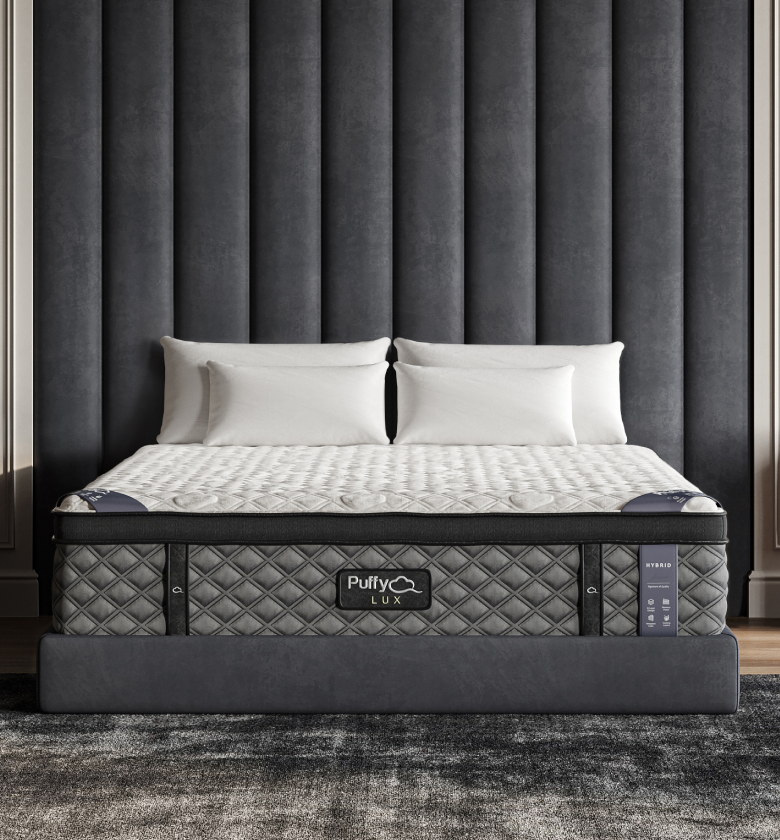
$1,350 in savings
Transform your comfort with the Puffy Lux.
Relax into award-winning comfort with this hybrid mattress:
- 8 layers of cloudlike luxury.
- Medium-plush feel.
- Gel-infused cooling.
- 101-night sleep trial.
